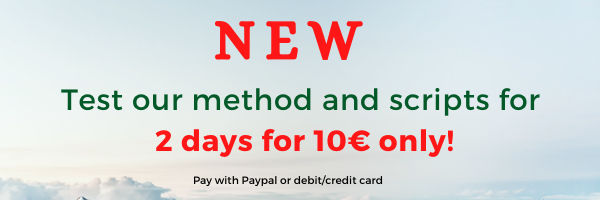Commodity trading offers unique opportunities for investors seeking to diversify their portfolios and capitalize on global supply and demand dynamics. This comprehensive guide will explore the world of commodity trading, highlighting its opportunities and challenges, while providing valuable insights for traders looking to enter this exciting market.
What are Commodities?
Commodities are basic goods that are used as building blocks in the production of goods and services. They are typically categorized into two groups: hard and soft commodities. Hard commodities are natural resources extracted from the earth, such as metals (gold, silver, copper) and energy (oil, natural gas). Soft commodities are agricultural products like grains (wheat, corn, soybeans), livestock (cattle, hogs), and softs (coffee, sugar, cocoa).
Why Trade Commodities?
Commodity trading offers several benefits to investors, including:
1. Diversification
Commodities often exhibit low or negative correlations with stocks and bonds, making them an excellent addition to a well-diversified portfolio. By investing in commodities, traders can reduce overall portfolio risk and enhance long-term returns.
2. Inflation Protection
Commodities often perform well during periods of inflation, as their prices tend to rise along with the general price level. This makes them an effective hedge against the eroding effects of inflation on an investor's purchasing power.
3. Supply and Demand Opportunities
Commodity markets are driven by global supply and demand dynamics, which can create profitable trading opportunities. For example, geopolitical events, weather patterns, and economic cycles can all impact commodity prices, offering traders the chance to capitalize on these shifts.
Challenges in Commodity Trading
Despite the potential benefits, commodity trading also comes with its own set of challenges, including:
1. Volatility
Commodity prices can be highly volatile, driven by factors such as weather, geopolitical events, and economic conditions. This can lead to large price swings, which can be both an opportunity and a risk for traders.
2. Leverage
Commodity futures and options trading often involve the use of leverage, which can amplify both gains and losses. While this can lead to significant profits, it also increases the risk of substantial losses if the market moves against a trader's position.
3. Complexity
Commodity markets can be complex, with a wide array of factors influencing prices. Traders must be well-versed in these factors and continuously monitor market developments to make informed trading decisions.
Getting Started in Commodity Trading
For those looking to enter the world of commodity trading, consider the following steps:
1. Education
Begin by learning the basics of commodities, including their classification, pricing mechanisms, and the factors that drive their prices. Study the specific commodities you are interested in trading and become familiar with their unique dynamics.
2. Choose a Trading Platform and Broker
Select a reliable trading platform and broker that offers access to the commodity markets you wish to trade. Look for a platform with competitive fees, a user-friendly interface, and robust research and analysis tools.
3. Develop a Trading Strategy
Create a well-defined trading strategy that outlines your objectives, risk tolerance, and preferred trading instruments (e.g., futures, options, ETFs, or stocks). Consider incorporating technical and fundamental analysis techniques to identify trading opportunities and manage risk effectively.
4. Practice with a Demo Account
Before committing real capital, practice your trading strategy using a demo account. This will allow you to gain experience in the commodity markets, fine-tune your strategy, and build confidence in your trading abilities.
5. Start Trading
Once you feel comfortable with your trading strategy and have gained sufficient experience, begin trading with real capital. Start small and gradually increase your position sizes as you gain confidence and improve your trading performance.
In conclusion, commodity trading offers unique opportunities for traders seeking to diversify their portfolios and capitalize on global supply and demand dynamics. By understanding the opportunities and challenges associated with commodity trading, and following a disciplined approach, traders can successfully navigate this exciting market.

